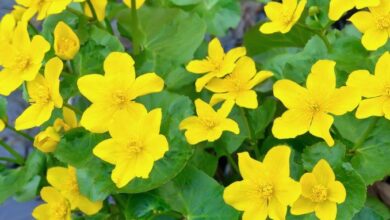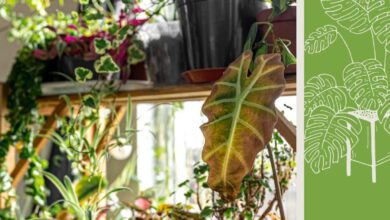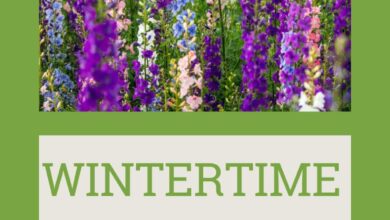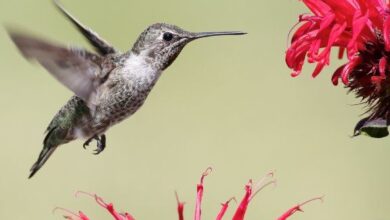Foodscaping: How To Turn Your Yard Into An Edible Eden
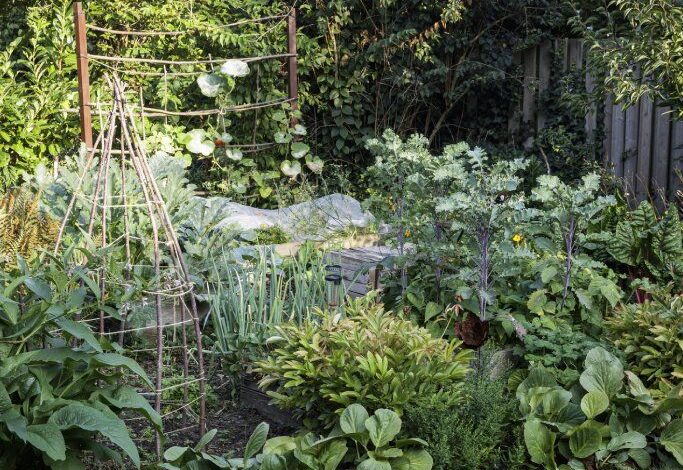
[ad_1]
Our landscape is an expression of ourselves. It says a lot about our personal aesthetics and desires. When planning the garden, consider foodscaping. This isn’t making the whole yard a vegetable garden, but instead is an attractive melding of the ornamental and the edible. The result is a purposeful landscape that both feeds the eye and the stomach. Food landscaping has been around for centuries, with the English kitchen garden a classic example. Integrating fruit trees and bushes with herbs, flowering perennials and annuals, and other details produces a vibrant and useful space.
What Is Foodscaping?
Take a peek at any landscaping or gardening publication, and you will likely find foodscaping ideas. The trend became even more popular after the pandemic, when certain food items were scarce or even unattainable. Foodscaping designs combine elements to bring to the table with those we might find in a forest, field, or even classically curated garden. The marriage of function and beauty provides a perfectly balanced landscape that will still fill the refrigerator.
Foodscaping for Beginners
If the concept of foodscaping seems daunting at first, simply try to add a favorite bush or herb to the existing design. Such an initial step can put your foot in the door of edible landscaping and may become addictive, with further food plants joining in later.
Assess Your Landscape
Most plants that produce our food require sunlight for much of the day. Choose a site in the garden that will suit urban foodscaping and will provide at least 6 hours or more of sunlight per day. Consider the soil as well. Soggy, overly wet sites are not conducive to most food plants. Neither is an overly alkaline soil. Preferred pH ranges for most vegetables are 6.0-7.0. Make sure a water supply is nearby and that the soil is well draining. You may also wish to think about support structures and if they will fit into the terrain. Is there a fence for a grape vine to grow upon? Are raised beds needed to bring in new soil, warm it early, and make harvesting easier?
Choose a Foodscaping Design
The actual planting plan should reflect your aesthetic but also make plants easily accessible for harvest and care. Garden paths and walkways are a nice touch visually as they divide different parts of the garden, but they also allow for comfortable safe access. As to the overall design, just remember there are no rules. The garden should be just as you like it, with the types of food and convenience you require. The plan could be very orderly, verdant chaos, or minimalistic. The choice is yours.
Foodscape Design Elements
The design should encompass several elements. It all starts with picking a basic style:
- Natural – A flowing style that moves naturally through the existing contours of the landscape.
- Structured – Geometric lines clearly define each area of the garden.
Once you have a style, incorporate certain design elements:
- Mix ornamentals with food plants
- Provide support structures where needed
- Add planters and hardscape elements to enhance the garden
- Create borders and pathways
- Add artwork, statuary, and other decor
Select Your Foodscaping Plants
First of all, make sure you only plant what you will use. There is no sense installing and caring for foods you won’t enjoy. Foodscaping may start with seeded plants like most vegetables, but can progress to dwarf fruit trees and other larger edibles. Take stock of the lighting in the area but also make sure you are grouping plants with the same cultural needs. Plants with the same water, soil, and light needs should all be planted in the same site. And be aware of the plant’s final mature size. Make sure to leave enough room for any plant to grow into.
- Berries
- Grapes
- Dwarf fruit trees
- Kale
- Herbs
- Lettuce
- Squash
- Pepper
- Swiss Chard
- Banana
- Eggplant
- Fig
- Meyer Lemon
- Kumquat
- Prickly Pear
- Artichoke
- Beans
Pretty things up with edible flowers:
- Borage
- Viola
- Dianthus
- Nasturtium
- Daylily
- Lavender
- Cornflower
How to Care for Your Foodscape
Exact care will depend upon the types of plants and your site conditions. However, on average you should consider installing drip or other irrigation systems for ease of maintenance. The soil will need some sort of rejuvenation annually. This might be spreading a layer of compost or manure, fertilizing, or mulching with organic material. Mulching is also beneficial in preventing weeds, conserving moisture in the soil, and will keep fruits and vegetables off the soil.
Encourage pollinators with plenty of flowering plants. Practice integrated pest management to keep the food you are growing non-toxic and safe to eat.
[ad_2]
Source link



